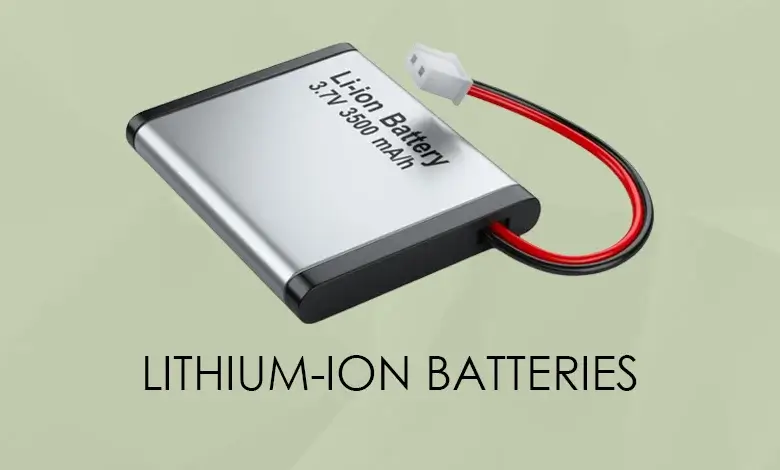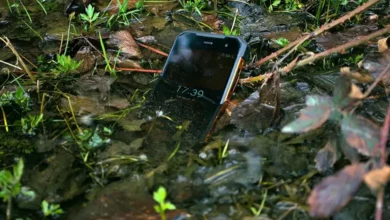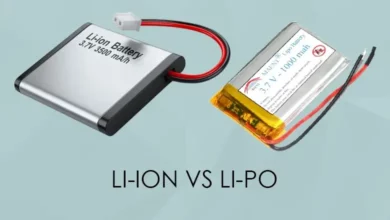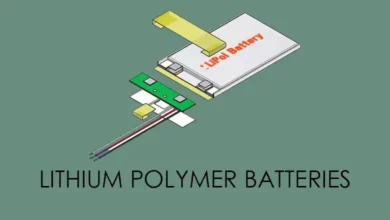
Table of Contents
Definition of Lithium-Ion (Li-ion) Batteries
A lithium-ion (Li-ion) battery is a rechargeable battery type that utilizes the movement of lithium ions between positive and negative electrodes for the generation of electrical energy. These batteries find extensive application in electronic devices like smartphones, laptops, cameras, and electric vehicles due to their high energy density, relatively low self-discharge rate, and the capability for multiple recharges.
Components of Lithium-Ion (Li-ion) Batteries
The fundamental components of a Li-ion battery comprise a positive electrode (cathode), a negative electrode (anode), an electrolyte, and a separator. In the discharge process, lithium ions traverse from the anode to the cathode through the electrolyte, producing an electric current to power electronic devices. Conversely, during charging, lithium ions move from the cathode back to the anode.

Advantages and Challenges
Li-ion batteries offer a well-balanced combination of energy density, power density, and cycle life compared to other rechargeable battery technologies. Nevertheless, they face challenges, notably safety concerns related to overheating and the potential for thermal runaway. Ongoing research and development aim to tackle these issues and enhance Li-ion battery performance across various applications.
Safety of Lithium-Ion (Li-ion) Batteries
Lithium-ion batteries are generally considered safe for common use when handled correctly. However, as with any energy storage technology, safety considerations exist. Key factors include:
- Thermal Runaway: A major safety concern is the potential for thermal runaway, triggered by battery overheating, leading to a chain reaction that may result in fire or explosion. Manufacturers incorporate safety features like thermal protection circuits to mitigate this risk.
- Physical Damage: Damage such as punctures or impacts can compromise the battery cell’s integrity, elevating the risk of thermal runaway. Careful handling and avoidance of conditions causing damage are essential.
- Overcharging and Overdischarging: Charging beyond designed voltage or excessive discharging can be unsafe. Most devices have management systems, yet using compatible chargers and adhering to recommended practices is crucial.
- Quality of Manufacturing: The safety of Li-ion batteries is influenced by manufacturing quality. High-quality batteries undergo rigorous testing, reducing the risk of issues, while cheap or counterfeit ones may lack safety measures.
- Regulations and Standards: Adhering to industry standards and regulations is vital for ensuring safety. Compliance with safety standards set by organizations and regulatory bodies helps produce batteries meeting specific safety criteria.
Lifespan of Lithium-Ion (Li-ion) Batteries
- Number of Charge Cycles: Li-ion batteries undergo several hundred charge cycles before noticeable performance decline.
- Depth of Discharge: Shallow discharges (20% to 80%) are less stressful on the battery compared to deep discharges (0% to 100%).
- Temperature: High temperatures accelerate degradation; storing or operating batteries in excessively hot conditions shortens lifespan.
- Charging Practices: Avoiding extreme charging voltages and currents helps preserve the battery. Many devices have charging management systems for optimal charging and extended battery life.
- Quality of the Battery: Higher quality batteries with superior materials and construction tend to have longer lifespans.


